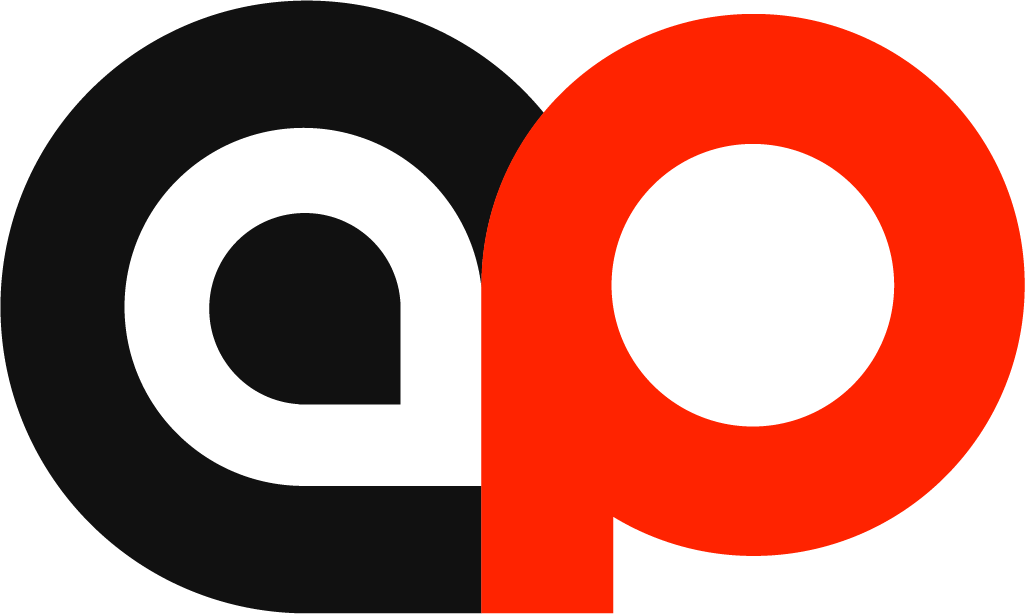Too Site Specific: Ways to Maintain Online Presence Without a Website
Artists living today have an incredible advantage: we can use the internet to showcase, sell, and advertise our work. However, not all artists have the time or financial resources to fund and create their own website. Luckily, artists can utilize free resources such as organizational websites and social media profiles to promote their work.
Part of having a successful career as a freelancer, whether you are a fine artist, photographer, or maker, is finding or creating new opportunities for yourself. And while social media can seem overwhelming for some, knowing how different platforms can serve you and your work is the first step in establishing an online presence. Think about it: if you know the advantages and audience of each network, it becomes a lot easier to decide what works for your practice. A little research at the start will save you time, effort, and energy at the end.
Some platforms are aimed at potential clients, and they can even build direct sales. Others are better at connecting you with curators and journalists who may be your next big break. And some are a mix of both: providing both marketing and networking opportunities.
1. FACEBOOK
Facebook allows you to create a “page” that you can brand as your professional profile. (i.e. “Jane Doe Art” or “Jane Doe Artist”). You can upload images of work and provide contact information. You can also create “events” on your Facebook page to advertise openings, talks, or workshops you might be doing as an artist. This feature enables you to invite friends to your events. It is very helpful for getting the word out about what things you’re doing in the community as an artist and keeping the public up to date on your exhibitions.
Facebook also provides a “shop” feature that allows people to search for work to purchase. (However, here is where Facebook may get you: they’ll push you to buy ads to promote your work.)
2. INSTAGRAM
Instagram is a wide-reaching, image-based platform. Being image-based, It is a great place to show off your work. You can also keep up-to-date images of your work in progress, your finished pieces, and upcoming events. There is a short bio space where you can share your contact info. If you want, you can link your Instagram and Facebook profiles together, so that updating one fixes the other.
On Instagram you can follow other artists, arts institutions, and AAP. It’s a great way to discover new work by your local, national, and international contemporaries.
3. YOUTUBE
Video content can be a great way to get your artistic practice on the Internet. Many artists use their YouTube channels to create lucrative businesses teaching people how to draw, hosting painting tutorials, posting a progress video of a piece you are working on, or a video of a presentation or talk you participated in.
4. FOUNDWORK
Foundwork is a new online platform designed to connect artists with curators, gallerists, and other collaborators across the global art community. Artists are able to upload images of their work, contact info, statement, and resume. Foundwork is free for art students, and art school alumni can create their profiles for a $4/monthly subscription.
The Pittsburgh Artist Registry is a project of The Office of Public Art. The Pittsburgh Artist Registry is a portal that connects artists in southwestern Pennsylvania to the public. Your artist profile will be public, but you can also save lists of your favorite peer artists and favorite artworks in ‘My Collections’. Artists can upload photos, statements, and resumes to their profile – and it is free!
